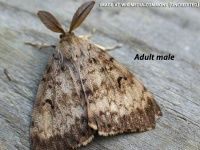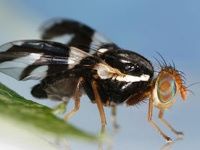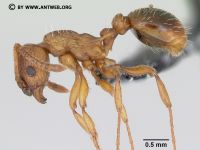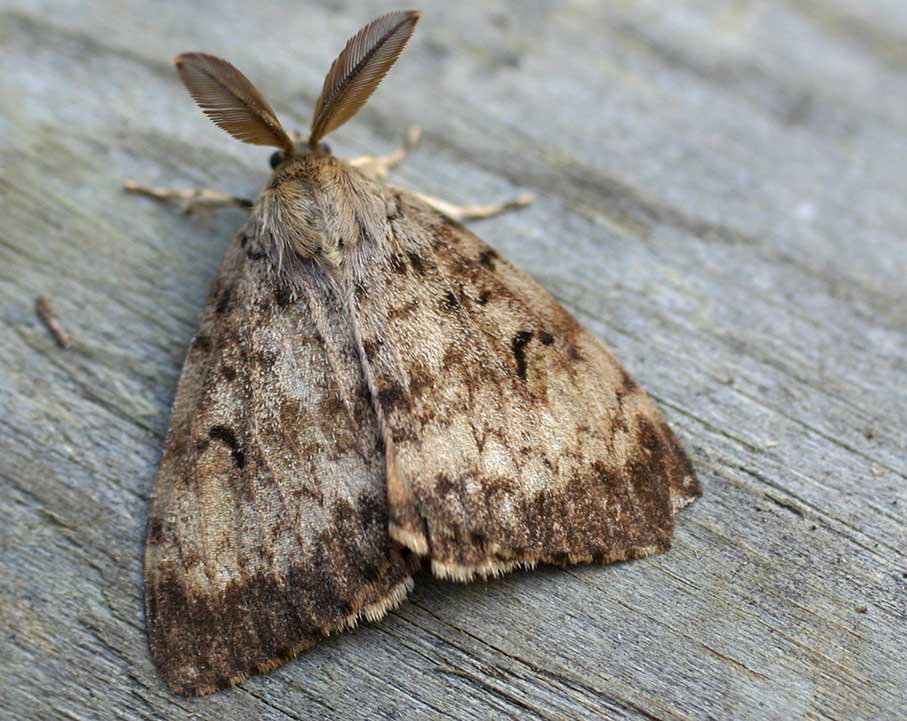Invasive insects and spiders
Invasive insects and spiders are insects and spiders from one part of the world that are transported or migrate beyond their natural range and become established in a new area where they can cause potential harm to native ecosystems.
There are 5 priority categories for insects and spiders which determine the province's response. They are:
- Prevent
- Early detection and rapid response (EDRR)
- Provincial containment
- Regional containment/control
- Management
The insects and spiders on this page are organized into these categories.
Prevent
Provincial EDRR
Species is high risk to B.C. and is new to the Province. Management objective is eradication.
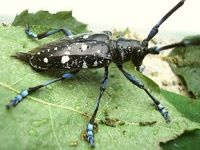
Asian long-horned beetle (PDF, 996KB)
Anoplophora glabripennis
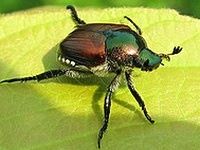
Japanese beetle
Popillia japonica
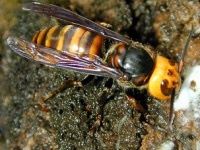
Northern giant hornet (PDF, 331KB)
Vespa mandarinia
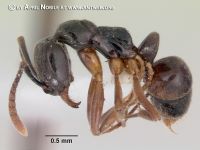
Asian needle ant (PDF, 368KB)
Brachyponera chinensis
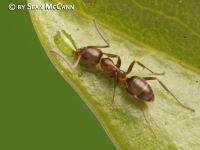
Argentine ant (PDF, 582KB)
Linepithema humile
Provincial containment
Species is high risk with limited extent in B.C. but significant potential to spread. Management objective is to prevent further expansion into new areas with the ultimate goal of reducing the overall extent.
Regional containment/control
Species is high risk and well established, or medium risk with high potential for spread. Management objective is to prevent further expansion into new areas within the region through establishment of containment lines and identification of occurrences outside the line to control.
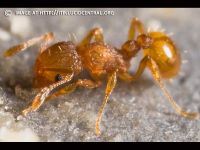
Little fire ant
Wasmannia auropunctata
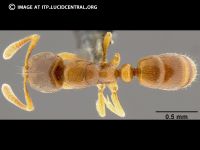
Tropical stinging ant
Hypoponera punctatissima
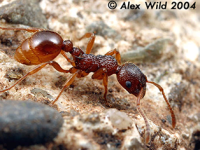
European fire ant (PDF, 818KB)
Myrmica rubra
Management
Species is more widespread but may be of concern in specific situations with certain high values - e.g., conservation lands, specific agriculture crops. Management objective is to reduce the invasive species impacts locally or regionally, where resources are available.
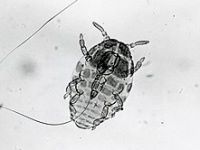
Balsam woolly adelgid (PDF, 374KB)
Adelges piceae
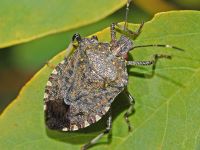
Brown marmorated stinkbug
Halyomorpha halys

European chafer beetle (PDF, 601KB)
Amphimallon majale
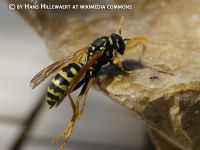
European paper wasp
Polistes dominula
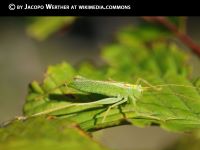
Drumming katydid
Meconema thalassinum
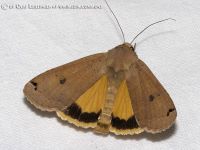
Large yellow underwing
Noctua pronuba
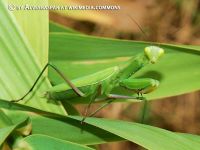
Praying mantis (PDF, 498KB)
Mantis religiosa
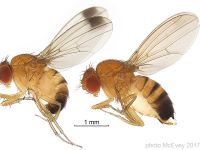
Spotted wing drosophila
Drosophila suzukii
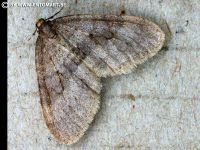
Winter moth
Operophtera brumata
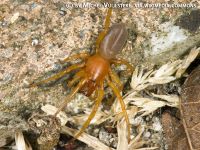
Woodlouse spider
Dysdera crocata

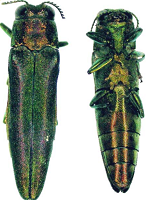
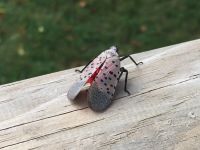 Spotted Lantern fly
Spotted Lantern fly